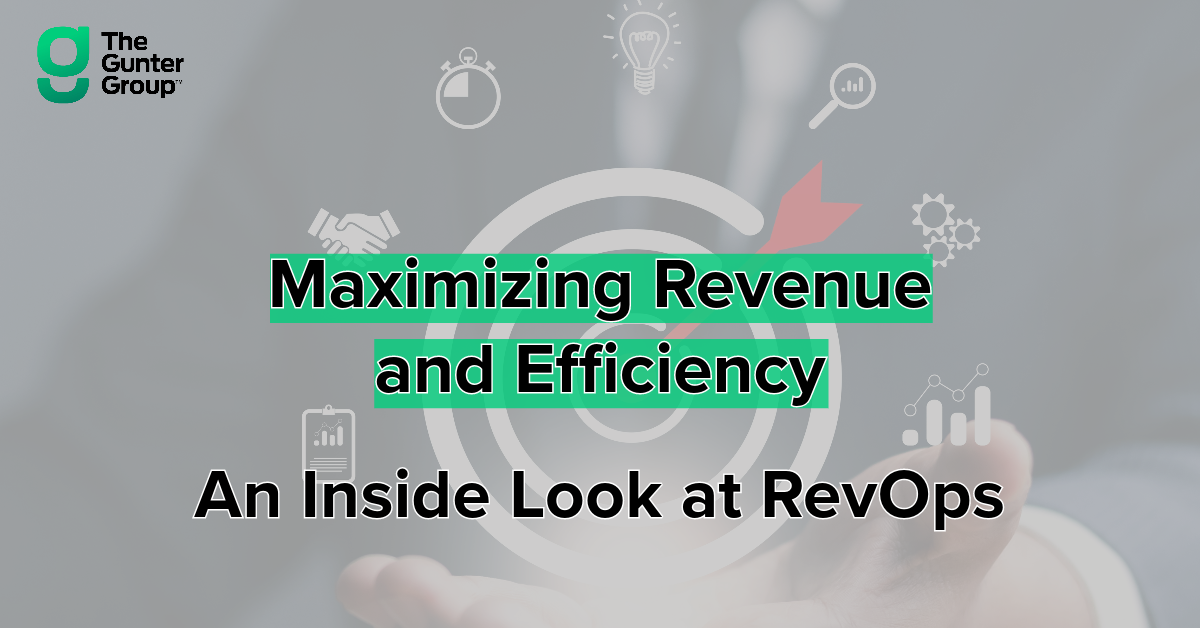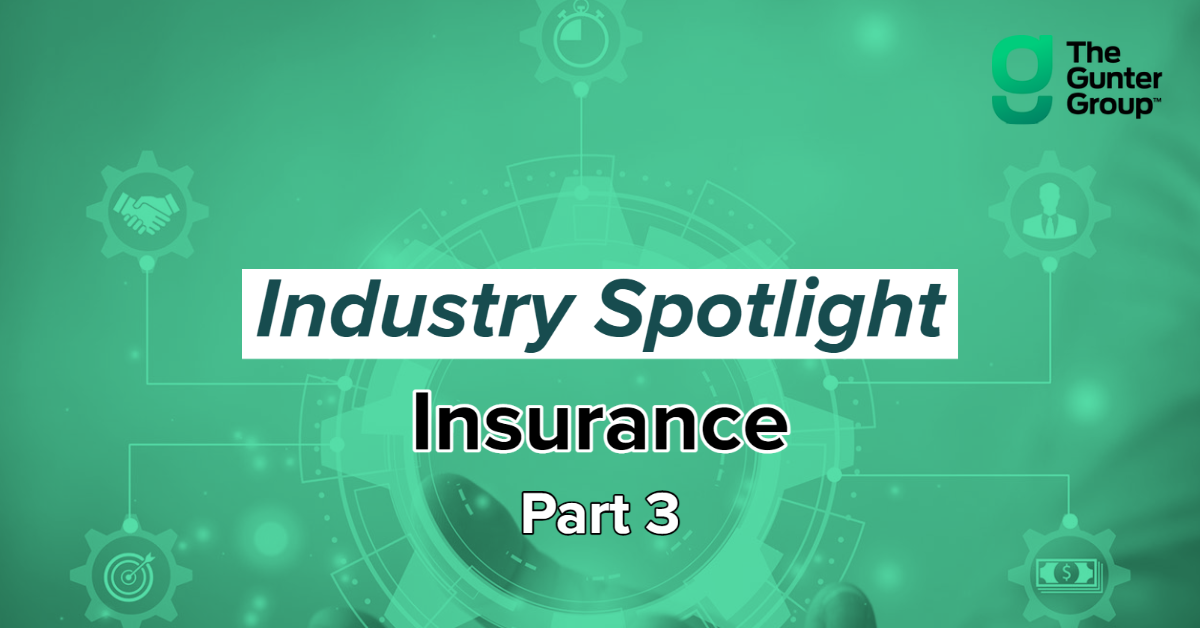Revenue Operations transcends mere organizational alignment; it is a commitment to continuous growth, excellence, and a customer-centric approach. Explore how the customer journey and key RevOps metrics provide valuable insights for strategic growth and performance.
Tag Archives: Technology
Impacting the Bottom Line: The Four Pillars of RevOps
Revenue Operations (RevOps) empowers organizations to adapt quickly to market changes, identify growth opportunities, and scale effectively. In this article we explore how the four pillars of RevOps impact the bottom line and how organizations can strategically activate RevOps.
Maximizing Revenue and Efficiency: An Inside Look at RevOps
In the ever-evolving digital landscape, businesses must embrace change and adapt to stay ahead of the competition. In this blog series, we will be focusing on one aspect of the digital transformation process that often gets overlooked yet is essential for business existence and success: Revenue Operations (RevOps).
VETERANS AT TGG:
SERVICE, SUPPORT, AND TRANSITION
A key pillar of our award winning team are veterans who served in our country’s military. Recently we sat down with three veterans and discussed their transition to consulting, what it was like wrapping up their military duties, and advice they have for others transitioning to the private sector.
INDUSTRY SPOTLIGHT –
PET CARE
Consultant Lindsey Santamaria discusses her engagement with a national pet care provider, supporting a large-scale Oracle re-implementation project.
INDUSTRY SPOTLIGHT – EDUCATION
Senior Consultant Keith McCarthy shares the impact and details of his recent engagement with a national education and child care provider, supporting a customer experience and data structure initiative.
INDUSTRY SPOTLIGHT – INSURANCE (Part 3)
Decision Insights and Data Services Manager Ande Olson recently completed an engagement with a national insurance carrier supporting an actuarial transformation initiative. In the third part of our industry spotlight, Ande shares how the project came to life and the impact delivered.
INDUSTRY SPOTLIGHT – INSURANCE (Part 2)
Senior Consultant Frank Gleason recently completed an engagement with a large national insurance provider supporting a data integration and data vendor implementation initiative. In this industry spotlight, Frank discusses his unique approach and the results of the project.
INDUSTRY SPOTLIGHT – INSURANCE (Part 1)
Recently members of our team completed an engagement with a national insurance provider supporting multiple strategic initiatives. In this industry spotlight, we share the process and impact of our team’s work.







